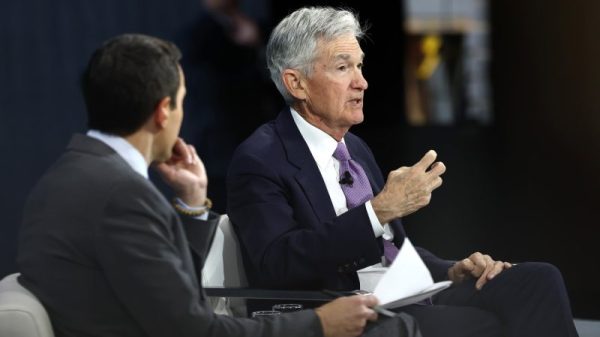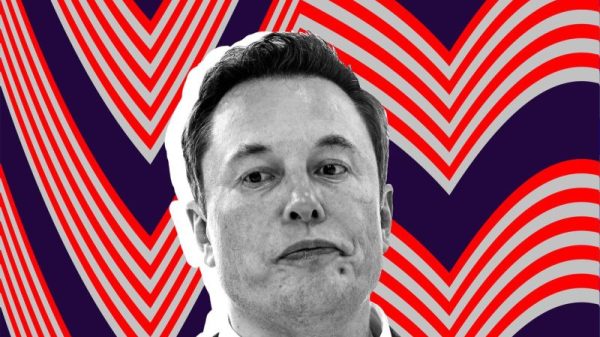The latest data on the key Fed inflation gauge points towards a significant slowdown, with the rate now at its lowest in over three years. This development has far-reaching implications for the economy, monetary policy, and financial markets. Understanding the reasons behind this cooling down of inflation can provide valuable insights into the current state of the economy and what the future might hold.
One major factor contributing to the deceleration in inflation is the slowdown in consumer spending. As consumers become more cautious and conservative in their spending habits, demand for goods and services has weakened. This decrease in demand exerts downward pressure on prices, as businesses may have to offer discounts and promotions to attract customers.
Additionally, the global economic environment and trade tensions have played a role in dampening inflation. Uncertainties surrounding trade agreements, tariffs, and geopolitical events can disrupt supply chains and increase input costs for businesses. This, in turn, can lead to higher prices for consumers. However, in the current scenario, the lack of significant price increases indicates that these external factors may be having a mitigating effect on inflation.
Furthermore, technological advancements and increased competition in various industries have also contributed to the subdued inflation environment. Companies are constantly seeking ways to improve efficiency and reduce costs, which can translate into stable or lower prices for consumers. The rise of e-commerce and online marketplaces has intensified competition, making it challenging for businesses to raise prices without losing customers.
The Federal Reserve closely monitors inflation trends as part of its mandate to maintain price stability and full employment. The recent slowdown in the key inflation gauge raises questions about the Fed’s future monetary policy decisions. A persistently low inflation rate could prompt the Fed to consider additional stimulus measures, such as interest rate cuts or asset purchases, to spur spending and investment.
On the other hand, some analysts argue that low inflation may not necessarily warrant immediate intervention from the Fed. They suggest that the current environment of low unemployment and steady economic growth may support a gradual uptick in inflation over time. Additionally, the Fed may be hesitant to implement aggressive policy measures given the uncertainties surrounding global trade and potential risks to the economy.
In conclusion, the cooling of the key Fed inflation gauge to its slowest rate in over three years reflects a complex interplay of economic, geopolitical, and technological factors. Understanding these dynamics is crucial for policymakers, investors, and consumers to navigate the evolving economic landscape effectively. As the situation continues to unfold, it will be important to monitor inflation trends closely and assess their implications for the broader economy.





























